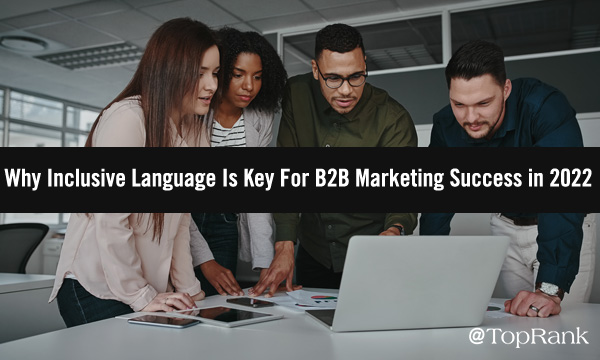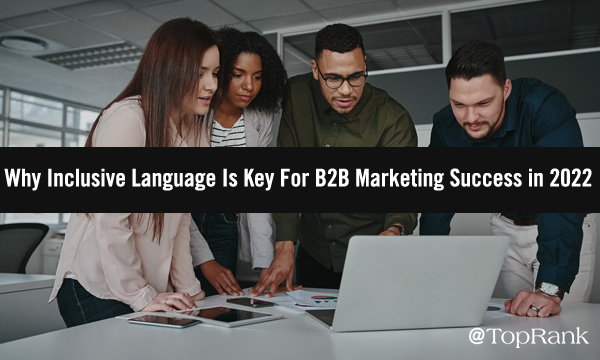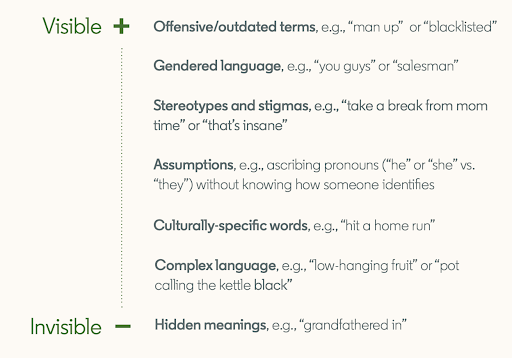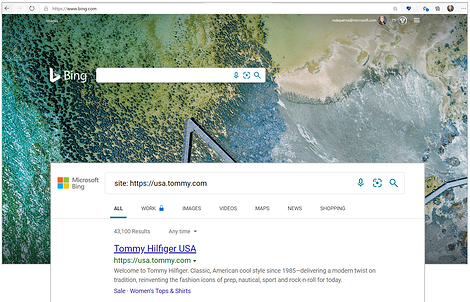B2B Marketers: It’s Time to Make Inclusive Language a Priority. Here’s How.

By Nick Nelson

If you’re in the business of marketing, I don’t need to tell you that words have power.
They have the power to influence. The power to endear. The power to alienate.
If you’re in the business of marketing, I don’t need to tell you how undesirable that last effect is.
It’s the risk today’s brands are running if they fail to make inclusive language a priority. The words used in content and communications speak volumes about a company’s values.
Following a few simple guiding principles can make a big difference in projecting a brand culture and community that are welcoming to all, both externally and internally.
Defining “Inclusive Language” in Marketing
Inclusive language, as defined by our friends and clients at LinkedIn, is language that “does not exclude or stereotype people based on race, sexual orientation, age, gender identity, ability, socioeconomic status, or any other characteristic.”
Examples of inclusive language cover a wide range of visible and invisible forms. There’s no set playbook to follow, because the recommended guidelines and best practices are fluid, just as language is.

(Source: LinkedIn’s guide to Inclusive Language for Marketers)
Inclusive culture is a journey, not a destination. But it’s an extremely important one for B2B organizations to undertake. Emerging generations are more diverse than any before, and the modern world is more globally interconnected. Your future customers and employees want to see themselves reflected in your brand’s marketing. The stakes are high.
“The ability to communicate with all audiences is a sign of respect and demonstrates to prospective connections what to expect from your company,” says Rachel Douglas, Influencer Marketer. “Inclusive language can deepen relationships and leading brands understand the need to have an authentic, inclusive voice as part of their core identity.”
Why There’s “So Much Work to Be Done”
Last year, the AI-powered software company Creative X conducted an analysis of more than 3,500 image and video ads in the U.S. across popular CPG, beauty and alcohol brands, assessing representations of age, gender, skin tone and setting.
The study produced some stark findings:
- Although more than half (55%) of ads feature female characters, male characters were 1.5x more likely to be shown in professional settings.
- Characters with light to medium skin tones were shown twice as often in professional environments. Characters with darker skin tones were featured roughly half as frequently as their lighter-skinned counterparts — 18% compared to 8%.
- Only 1% of ads included people over 60, and of those, less than 2% were featured in physical settings (i.e. offices).
“Female characters are historically four to six times more sexualized and less depicted as leaders,” according to Madeline Di Nonno, president and CEO of the Geena Davis Institute on Gender in Media, in the aforementioned article. “And marginalized communities, LGBTQIA+, people with disabilities, they’re not even anywhere near the baseline population. There has been progress, but …read more
Source:: Top Rank Blog









